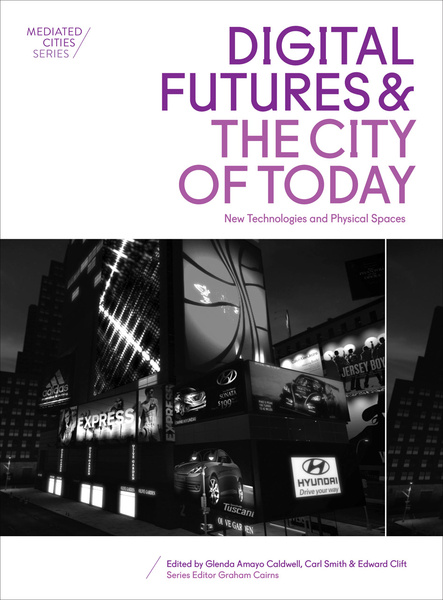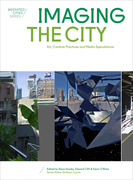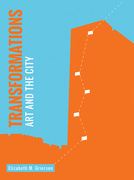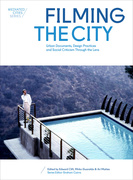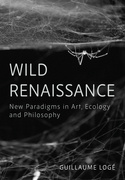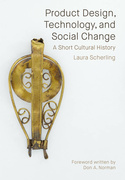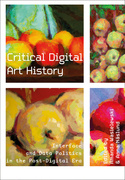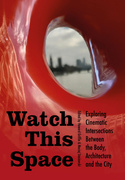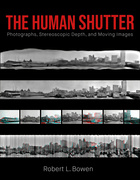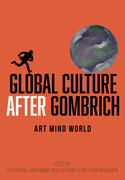Digital Futures and the City of Today (Book)
New Technologies and Physical Spaces
In the contemporary city, the physical infrastructure and sensorial experiences of two millennia are now interwoven within an invisible digital matrix. This matrix alters human perceptions of the city, informs our behaviour, and increasingly influences the urban designs we ultimately inhabit.
Edition
In the contemporary city, the physical infrastructure and sensorial experiences of two millennia are now inter-woven within an invisible digital matrix. This matrix alters human perceptions of the city, informs our behaviour and increasingly influences the urban designs we ultimately inhabit. Digital Futures and the City of Today cuts through these issues to analyse the work of architects, designers, media specialists and a growing number of community activists, laying out a multi-faceted view of the complex integrated phenomenon of the contemporary city. Split into three sections, the book interrogates the concept of the 'smart' city, examines innovative digital projects from around the world, documents experimental visions for the future, and describes projects that engage local communities in the design process.
Edward M. Clift is president of Brooks Institute in Ventura, California.
Glenda Amayo Caldwell is a researcher in the Urban Informatics Research Lab and a Lecturer in Architecture at the School of Design, Queensland University of Technology.
Foreword: Graham Cairns
Introduction: Glenda Amayo Caldwell and Carl Smith
Section One: Embedding - The digital in the physical world
Chapter 1: No need to fix: Strategic inclusivity in developing and managing the smart city: Alessandro Aurigi
Chapter 2: Reimag(in)ing the city: Street View as storyspace: Aroussiak Gabrielian
Chapter 3: Information, communication and the digital city: Cláudia Sofia Gonçalves Ferreira Lima
Chapter 4 From the iron cage to the mediated city: Cristina Miranda de Almeida
Section Two: Applications - The use of the digital in the everyday
Chapter 5: Identity management, premediation and the city: Sandra Wilson and Lilia Gomez Flores
Chapter 6: Urban utopics: The politics of the digital city view: Gavin Perin and Linda Matthews
Chapter 7: Place, play and privacy: Exploring location-based applications and spatial experience: Melanie Chan
Chapter 8: Post-digital approaches to mapping memory, heritage and identity in the city: Georgios Artopoulos and Nikolas Bakirtzis
Chapter 9: Responsive transport environments: System thinking as a method to combine media architecture into a digital ecology to improve public transport: M. Hank Haeusler
Section Three: Studies and trials - Examples of community uses of digital technologies
Chapter 10: Digital urban health and security: NYC’s got an app for that: Kristen Scott
Chapter 11: Explorations of an urban intervention management system: A reflection on how to deal with urban complex systems and deliver dynamic change: Marta A. G. Miguel, Richard Laing and Quazi Mahtab Zaman
Chapter 12: Innovative urban mobility shaped by users through pervasive information and communication technologies: Marco Zilvetti, Matteo Conti and Fausto Brevi
Chapter 13: Blurring the physical boundaries of the city: Media architecture and urban informatics for community engagement: Glenda Amayo Caldwell and Mirko Guaralda
Epilogue : Edward M. Clift
Notes on Contributors
Index


